Unlock the secrets of effective reading instruction with our comprehensive blog on the suggested scope and sequence for teaching reading.
Explore the essential components, such as syllable types, phonemic awareness, phonics, fluency, and more,
that form the foundation of successful literacy development.
Gain valuable insights and practical guidance to create a structured and systematic approach to teaching reading.
Enhance your teaching strategies and empower your students on their journey to becoming confident readers. Read the blog now!
Explore the essential components, such as syllable types, phonemic awareness, phonics, fluency, and more,
that form the foundation of successful literacy development.
Gain valuable insights and practical guidance to create a structured and systematic approach to teaching reading.
Enhance your teaching strategies and empower your students on their journey to becoming confident readers. Read the blog now!
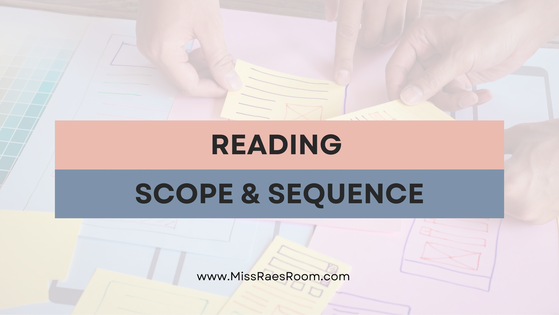
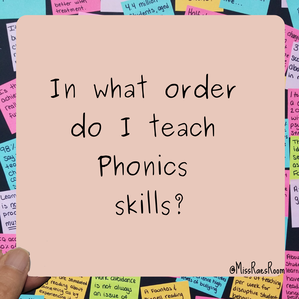
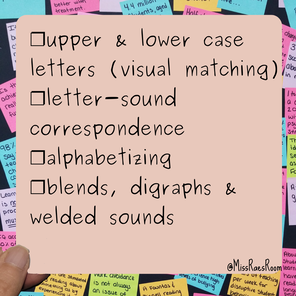
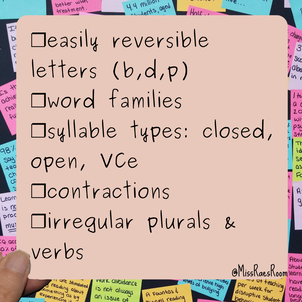
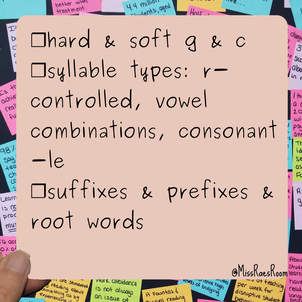
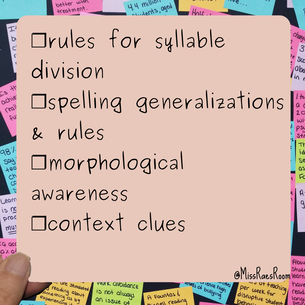
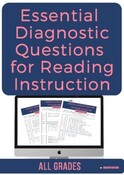
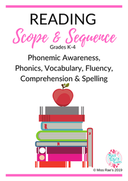
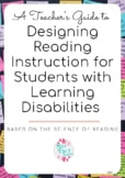
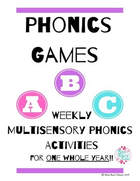
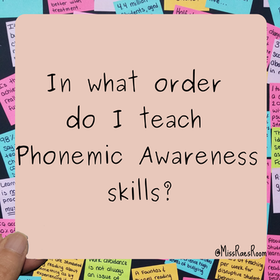
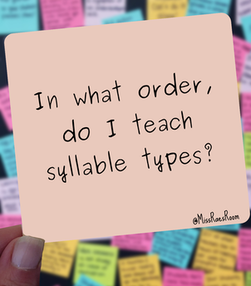
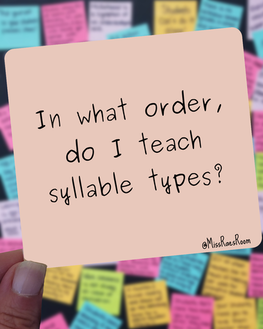
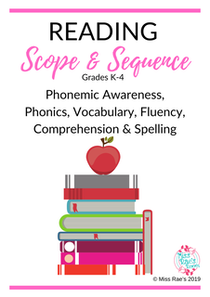
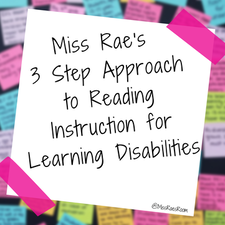
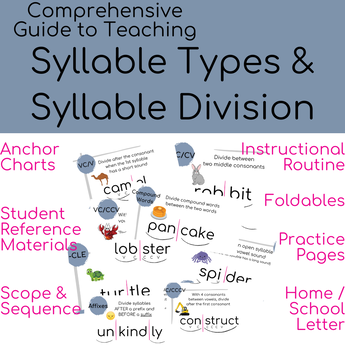
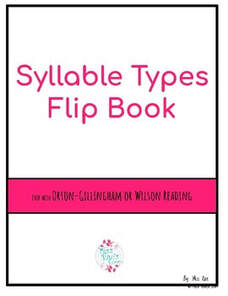
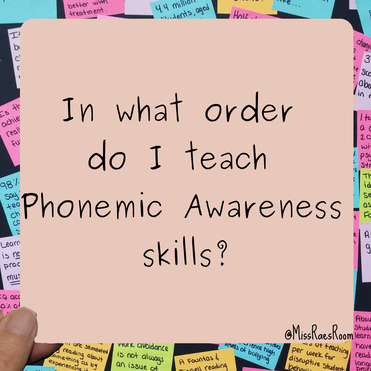
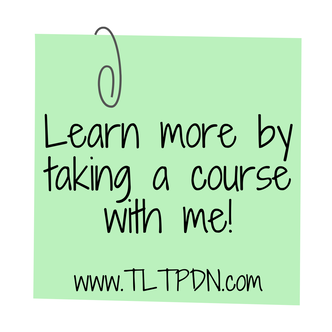
 RSS Feed
RSS Feed